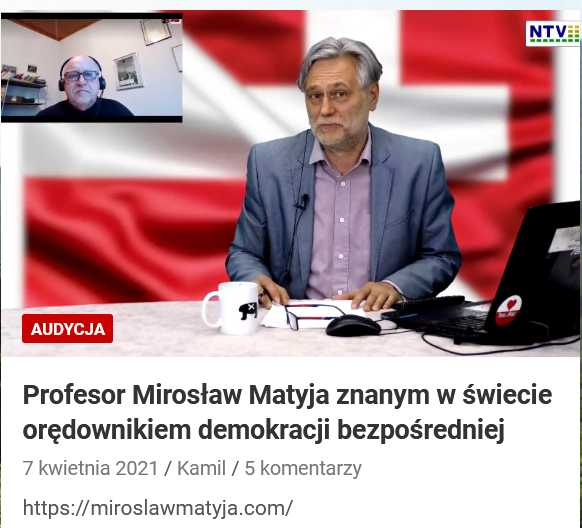The Current State of Education in Madagascar: Challenges and Solutions
Abstract
The first Missionary Station in Isoavina was established in the early years, with the initial school providing basic education and extracurricular activities, such as crafting, woodwork, and iron modeling, during the years 1870-1877. The school was known as the "Sekolin'ny Firenena" (National School). Education, in general, flourished under the guidance of foreign missionaries. However, when they departed, the school encountered several challenges. All activities experienced a significant decline due to the Malagasy teacher who continued the work lacking proper training. The school regained momentum with the inauguration of the new preschool "Manohisoa" on September 12, 1995, followed by the primary year 1 on September 10, 1997, and the Secondary year 2 on September 5, 2009, as stipulated in the authorization N2012/17-DREN ANALAMANGA on May 16, 2012. Regarding the performance in examinations, "MANOHISOA" School FJKM Isoavina had a 100% pass rate for CEPE (72.33%-74.44%-75.40% pass rates for CISCO Manjakandriana) in the academic years 2019-2020, 2020-2021, and 2021-2022, respectively. As for the BEPC, it was 56% for the year 2019-2020 (50.99% for CISCO), 100% for the year 2020-2021 (64.16% for CISCO), and 100% for the year 2021-2022 (74.23% for CISCO). Another 100% pass rate is achieved this 2022-2023 academic year. The disparity between public and church-affiliated schools poses a significant issue. Public schools have a considerably higher student population compared to their church-affiliated counterparts. Additionally, the number of teachers managing students in public schools is notably lower than those at MANOHISOA school (15 students per teacher). The inclusion of Holy Scripture curriculum in the educational program in FJKM schools helps to shape moral and ethical value to the students.
Keywords
Full Text:
PDFReferences
LOI n° 94-033 du 23 novembre 1994 Portant Orientation Generale Du Systeme D'education Et De Formation A Madagascar
LOI N° 2008-011 du 19 juin 2008 et du 20 juin 2008, Modifiant certaines dispositions de la Loi n° 2004-004 du 26 juillet 2004 portant Orientation générale du Système d'Education, d'Enseignement et de Formation à Madagascar.
Quatrième République de Madagascar, dans l’axe 4 « Capital Humain » de son Plan National de Développement (PND), entend faire jouer au système éducatif un rôle clé. C’est dans cette optique que le présent Plan Sectoriel de l’Education pour la période 2018-2022 (PSE 2018-2022) a été élaboré.
Tatitry Ny Hery Velona Notarihin’ny F.F.K.M. 5-9 Desambra 1990, Falda – Antananarivo. Alarobia 05 Desambra 1990 – Hariva/Vaomiera Fampianarana Sy Fanabeazana -Recueil Des Textes Sur La Recherche De Consensus A Madagascar (Vol. I), Friedrich Ebert Diftung, Fanabeazana olom-pirenena.
LOI n°2022-018 portant orientation générale du système éducatif à Madagascar
Tatitra momba ny antotanisa avy amin’ireo Sekoly manodidina: EPP Isoavina – EPP Ambanitsena – Sekoly Katolika Ambanitsena, CEG Ambanitsena
Boky Rakitsoratra Avy Amin’ny Kolejy Manohisoa Isoavina
Boky Rakitsoratra Avy Amin’ny Fjkm Isoavina Fihavaozana
Dossier Formation Des Enseignants A Madagascar: Article De Céléstin Razafimbelo, Ens Université d’Antananarivo Madagascar
DOI: https://doi.org/10.33258/birle.v6i4.7770
DOI (PDF): https://doi.org/10.33258/birle.v6i4.7770.g7707
Article Metrics
Abstract view : 3 timesPDF - 0 times
Refbacks
- There are currently no refbacks.

This work is licensed under a Creative Commons Attribution-ShareAlike 4.0 International License.

This work is licensed under a Creative Commons Attribution-ShareAlike 4.0 International License

_.gif)



















_.gif)



